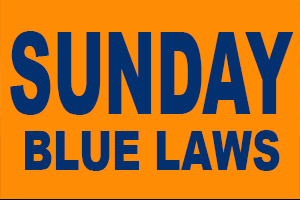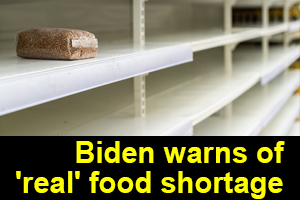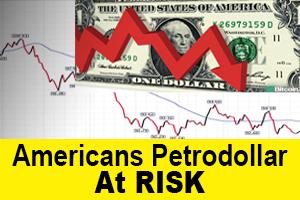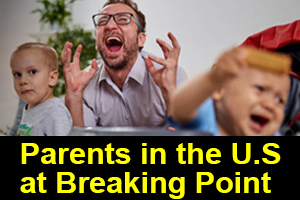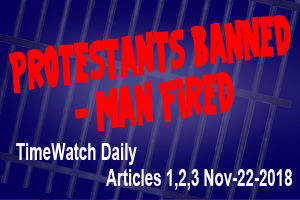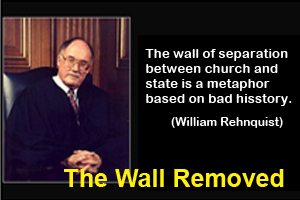
The Holy See
TimeWatch Editorial
March 07, 2016
The United States Department of State has an archived record of the Vatican or Holy See. This record does not merely describe the Vatican itself, but also the history of the relationship between the United States and the Holy See. The archive describes the beginning of the Vatican’s diplomatic history in the 4th century. That is an interesting date since it coincides with the period of time that Constantine instituted the earliest known Sunday Law in 321 A.D. again let me say that it is the “State Department of the United States” Archive that chronicles that beginning of the Vatican’s diplomatic history.
“The Holy See's diplomatic history began in the fourth century, but the boundaries of the papacy's temporal power have shifted over the centuries.”U.S. Department of State, July 2000 Bureau of European Affairs
A further description of the international connections of the Vatican is detailed in the archive. Many are totally unaware of the involvement of the Papacy in the politics of this world, but their involvement is no secret.
“The Holy See is especially active in international organizations. It has permanent observer status at the United Nations in New York, the Office of the United Nations in Geneva and specialized institutes, the UN Food and Agriculture Organization in Rome, and the UN Educational, Scientific and Cultural Organization in Paris. The Holy See also has a member delegate at the International Atomic Energy Agency and at the UN Industrial Development Organization in Vienna. It maintains permanent observers at the Organization of American States in Washington, DC, and the Council of Europe. In addition, the Holy See has diplomatic relations with the European Union in Brussels. In 1997 the Holy See became a member of the World Trade Organization.” U.S. Department of State, July 2000 Bureau of European Affairs
Now we come to the publicly announced history of the Papacy with the United States. The United States maintained consular relations with the Papal States from 1797 to 1870. I hear you ask, what are “consular relations”? A consul is an official representative of the government of one state in the territory of another, normally acting to assist and protect the citizens of the consul's own country, and to facilitate trade and other business related issues. These relations lapsed with the loss of all papal territories in 1870." Timothy R. Stebbins, a graduate of the University of Dallas says that “the long period of no official contact lasted from 1870 until 1939, when President Roosevelt appointed his special envoy to the Vatican in the person of Myron C. Taylor.”
“The dearth of communication would last until 1939, when President Franklin D. Roosevelt originated the idea of appointing a "personal representative of the President." On December 24 of that year, Roosevelt announced that he would be sending a personal envoy to the Pope. Myron Taylor was to be the first in a long line of presidentially appointed personal envoys to the Holy See. Over his ten years serving in this position, Taylor enjoyed easy access to the Pope and was the principal source of valuable information made available to the United States. It was remarkable that while the United States was formally at war with Italy, there was an American diplomatic mission in the heart of Rome.” Timothy R. Stebbins, US-Vatican Relations: 25th Anniversary and a New President
But the relationship between the United States and the Papacy would expand significantly during the Presidency of Ronald Reagan. Thirty years later, President Reagan entered into concrete discussions for full diplomatic relations with the Holy See, and on January 10, 1984, these discussions culminated in the formal establishment of diplomatic relations between the United States and the Vatican.
“The Soviets and their Warsaw Pact allies were not the only ones to realize the potential power and influence of the Holy See. On June 7, 1982, a historic meeting took place between President Reagan and Pope John Paul II in Vatican City. Pleased and inspired by the Pope's open and unwavering support for the Solidarity movement in Poland and his open defiance of Communist rule, Reagan sought the counsel of the Pontiff regarding the question of freedom in Eastern Europe. From that point on, the United States and the Vatican began to work ever more closely on their shared objective of defeating the Soviet menace. On January 10, 1984, President Ronald Reagan announced the official reestablishment of formal diplomatic relations with the Holy See, relations which had not officially existed for over a century. On that day, William A. Wilson was nominated by the President to be the first United States Ambassador Extraordinary and Plenipotentiary to the Holy See.” Timothy R. Stebbins, US-Vatican Relations: 25th Anniversary and a New President
The relationship has never hesitated since then. In fact as you shall see in our next editorial, that connection has grown progressively stronger. The fulfillment of the prophecies of Revelation chapter 13 continue as clearly and as precise as possible. We shall soon see the final act as foretold in God’s Word.
Cameron A. Bowen


